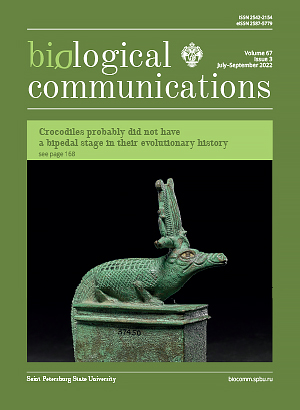Is recruitment of brown trout in a New Zealand river driven by parental spawning investment, density dependence, or environmental factors?
DOI:
https://doi.org/10.21638/spbu03.2022.306Abstract
This study addresses the primary factors driving young-of-the-year (YoY) brown trout Salmo trutta abundance and population dynamics through the Austral summer in an important spawning tributary of a large New Zealand river. We measured the key traits and spawning investment of spawners; YoY density and movement; and environmental characteristics important for juvenile trout. In comparison to their native European range, we found high rates of pre-spawning mortality, low density of deposited eggs and reduced spawning efficiency of adult brown trout. Parental spawning investment did not affect spring juvenile trout distribution, a result likely related to a mismatch between YoY abundance and densities of eggs deposited by adults at the sampled locations. Spatial differences in seasonal dynamics of YoY density were likely related to the diversity of environmental conditions affecting habitat suitability for post-larval brown trout along the stream. Significant correlations between juvenile trout loss rate and both YoY density and downstream migration were observed only for the lowland stream segments, which had the highest spawning investment from diadromous adults, indicating the importance of these locations for recruitment. This study highlights knowledge gaps in species-environment interactions and the reproductive ecology of brown trout in New Zealand.
Keywords:
Salmo trutta, life histories reproduction, recruitment, density-dependence, spawning mortality
Downloads
References
Downloads
Published
How to Cite
License
Articles of Biological Communications are open access distributed under the terms of the License Agreement with Saint Petersburg State University, which permits to the authors unrestricted distribution and self-archiving free of charge.





